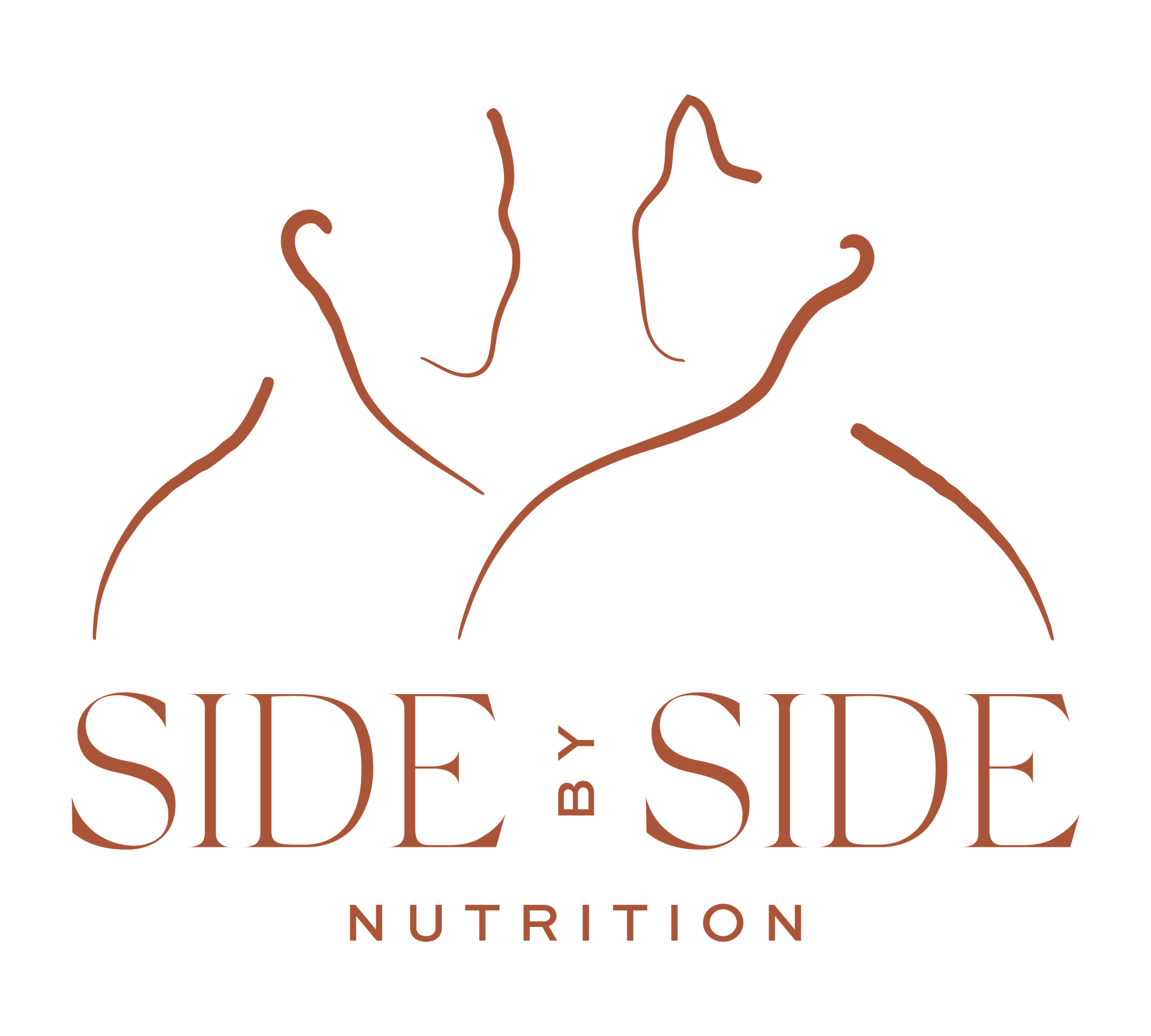Sports Nutrition Hierarchy
As athletes or active individuals, it can be super confusing to know where to start when it comes to fueling yourself for activity. From the millions of results on google to the over abundance of social media advice, it’s not hard to get overwhelmed. Here’s the truth-sports nutrition DOES NOT have to be complicated. It’s really very simple- eat enough, eat a wide variety, eat at the right times, and supplement as needed. Now, if you are new to learning about intuitive nutrition or have been entrenched in diet culture for a while, this simplicity might seem even more complicated than all the diet culture rules-that’s okay! In the next few weeks we’ll be walking through each segment of the sports nutrition hierarchy, but I thought it would be helpful to introduce it as an overview first.
The base of our sports nutrition hierarchy is total energy intake. This means that first and foremost, you need to make sure we are eating ENOUGH total calories to have the energy availability needed for your activity. If total energy intake is not meeting your needs, what or when you are eating won’t matter. Being in an energy deficit means that your body is unable to rebuild what you are breaking down in your activity. If this happens chronically, you are setting yourself up for injury, illness, and many other chronic health problems. If you have been under eating for a long time, it can be really hard to know how much you actually should be eating and even harder for your body to tell you accurately. If you feel like you might be under eating, working with a dietitian specialized in sports nutrition and eating disorders can help you get back in tune with your body and be properly fueled!
Alright, so you’ve established that you’re eating enough, next is to make sure you’re eating a variety of foods to make sure you’re meeting your different nutrient needs. This means including carbs, fats, protein, along with fruits and veggies in your meals and snacks. Typically, if you are eating enough calories and getting a wide variety of different foods in, you’re probably meeting your needs. If you find yourself eating the same foods every day or cutting out entire food groups, it may be a good idea to examine your relationship with food.
Once you're eating enough and a wide variety of foods, you can look closer at when you are eating. I won;t go into too much detail here about nutrient timing as I’ll be covering that later, but making sure that you are fueling properly before, during, and after activity can be super helpful to prioritize both energy for and recovery from your training.
Finally, if you are struggling to meet your needs from food, supplements can be a helpful tool. Remember, they are called supplements for a reason, they are meant to be an aid, not the main source of nutrition. Supplements are only useful if you are first getting in enough total energy and variety of foods. Also remember that supplements are not regulated by the FDA, so be sure to thoroughly research your products or talk to your dietitian. Typically, it is a good rule of thumb to look for third party tested supplements with the “NSF Certified for Sport” logo.
In the next few weeks, I will be going into much more detail on each layer of the pyramid. In the meantime, you can subscribe here to get more information on working one on one with me and my upcoming course on intuitive fueling for active individuals!

